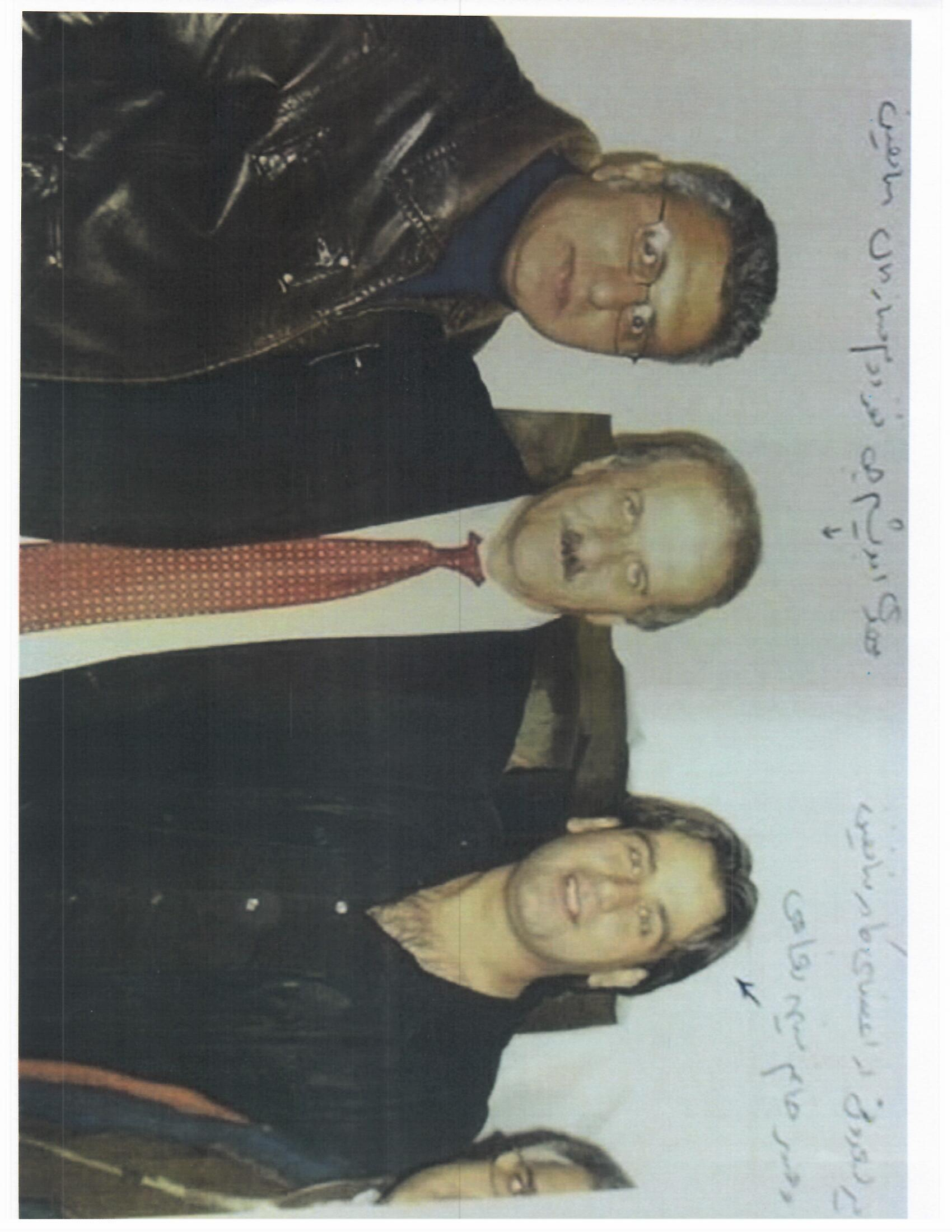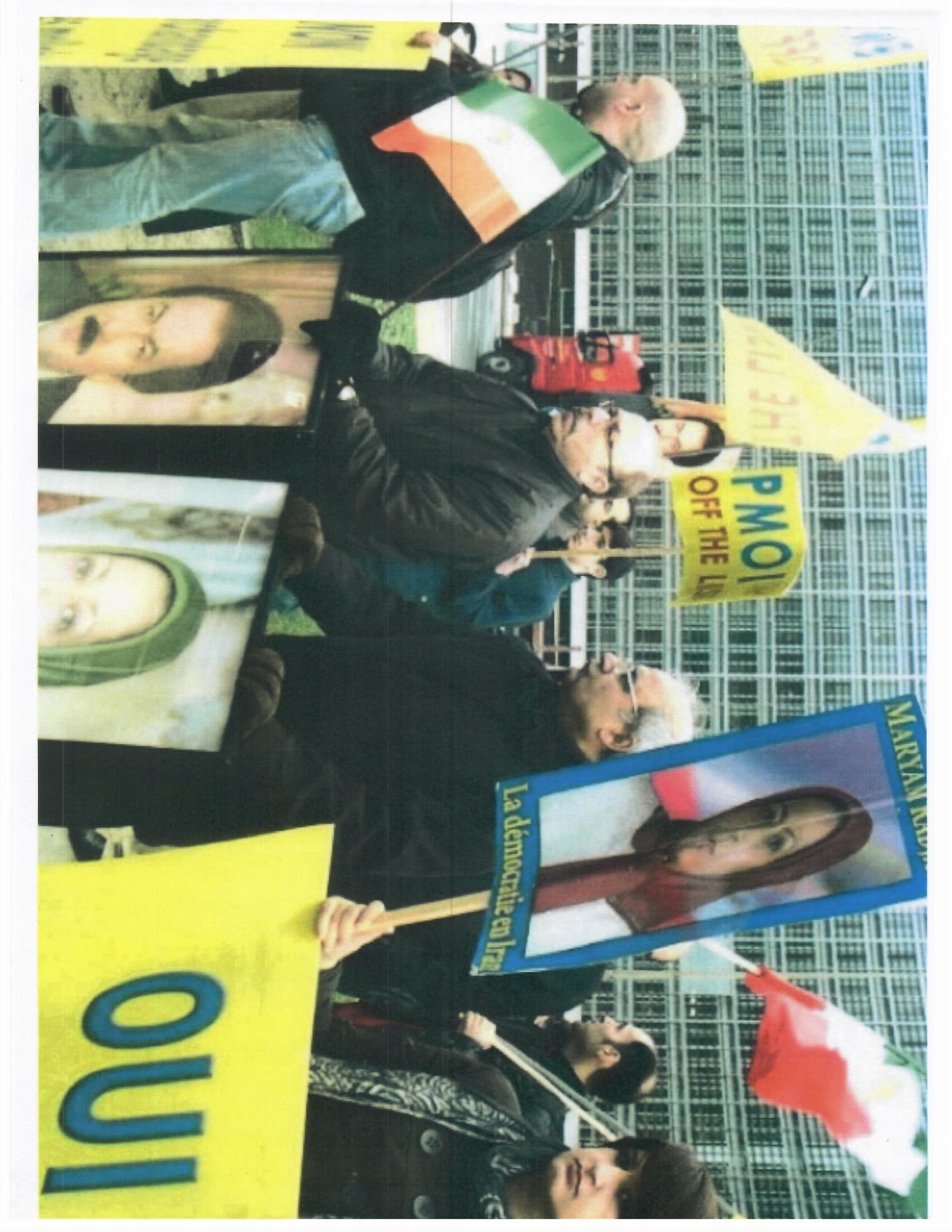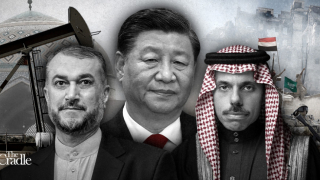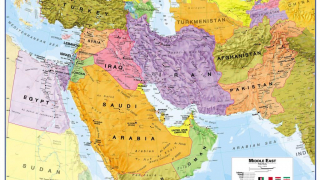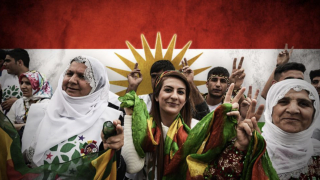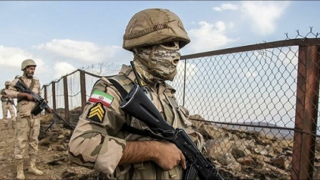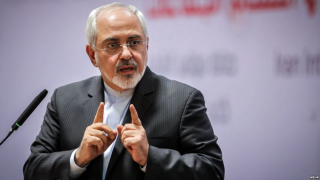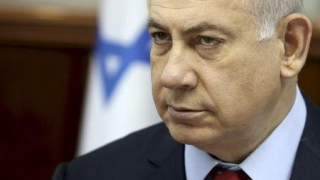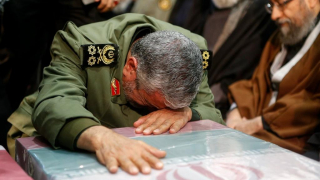Newly discovered facets of Iranian diplomat Asadollah Asadi’s court case
On February 4, 2021 the Antwerp Court of First Instance in Belgium sentenced an Iranian diplomat to 20 years in prison, and three other defendants in this case; Nasimeh Naami, Mehrdad Arefani and Amir Saadoni; to 18, 17, and 15 years respectively.
Since the opening of this case, the Islamic Republic of Iran has insisted upon denying the validation of this court and the announced verdict, referring to it as a violation of governmental commitment to diplomatic full immunity in accordance with the Vienna Convention on Diplomatic Relations of 1961. Moreover, Iran ascribed the lawsuit, coinciding with the Iranian president’s visit to Austria, to a made-up scenario against Iran by some belligerent governments, aided and abetted by the terrorist organization known as Mujahideen e-Khalq (MEK) in order to damage Iran-Europe relations.
But, what is the truth, and how could the dark aspects of it be unveiled? In the following report, we intend to run through some of the documents of this case being released for the first time.
After the arrest of Amir Saadoni and Nasimeh Naami in July 2018, the MEK TV channel, known as Simaye Azadi, announced that the two apprehended suspects did not belong to the MEK. Furthermore, when Mahdi Abrishamchi (a leading figure in the MEK, under the alias of Bahman Tehrani) was summoned by the Belgian police as an informer, he denied knowing and having ever met Saadoni.
However, not much later, the falsehood of this denial was revealed when photos of Abrishamchi and Saadoni together were disclosed.
Following the arrest of Maryam Rajavi (leader of the MEK) by French police on June 17, 2003 a number of MEK members attempted self-immolation in order to place European governments under pressure to free the cult leader.
This event contained several messages for European states that are home to MEK members. Brainwashing of the members and their persuasion to commit self-immolation was an alert of enormous peril of this cult, which was however never taken into account seriously.
On their verdict on February 4, 2021, the Belgian Antwerp Court announced that the identity of the MEK as one of the two sides involved in the case, is not to be addressed nor to be assessed!
The question is how the truth can possibly be realized in a criminal case without recognizing the identity and essence of one of the sides of the lawsuit. Why should a terrorist cult which is ready to endanger the lives of its members by enticing them to self-immolation, fear the consequence of imprisoning some other of its members so as to gain more recognition and reach its goals against Iran?
Given all that, are we not to pay more attention to the nature and history of a cult that is reported to have assassinated over 12,000 people in Iran alone? Shouldn’t we harbor doubt and skepticism when assessing this case, and ask for further investigation to find the truth?
Another dark side of this conspiracy is clarified in the monitored conversation between Amir Saadoni and Nasimeh Naami. In this document, it is mentioned that Amir Saadoni says to Nasimeh Naami, “our prologue was a good one that led to the apprehension of Danial (meaning Asadollah Asadi)."
Criticising the process of this court case, Mr. Oliver Valach, Asadi’s German lawyer, has stated, “the fundamental reasons of apprehending this Iranian diplomat, and for the accusations put on him, are merely the confessions of Amir Saadoni and Nasimeh Naami, which they have expressed like two well-spoken nightingales!”
Seemingly, this court case has unknown and undiscovered aspects that the Belgian intelligence service and judiciary have either not wanted to investigate or have failed to have access to. Perhaps with the interference of international investigative organizations, along with the passage of time much of the truth will be revealed and justice will be done.



